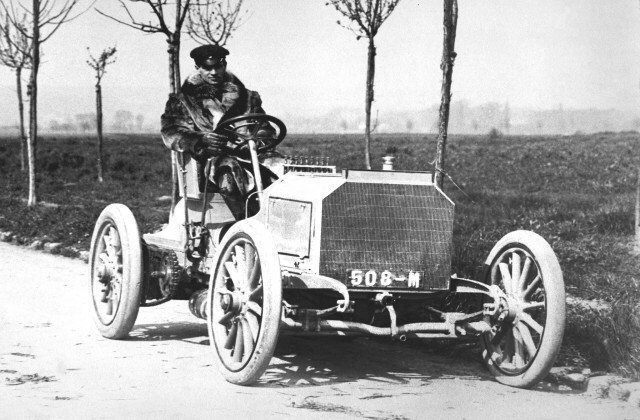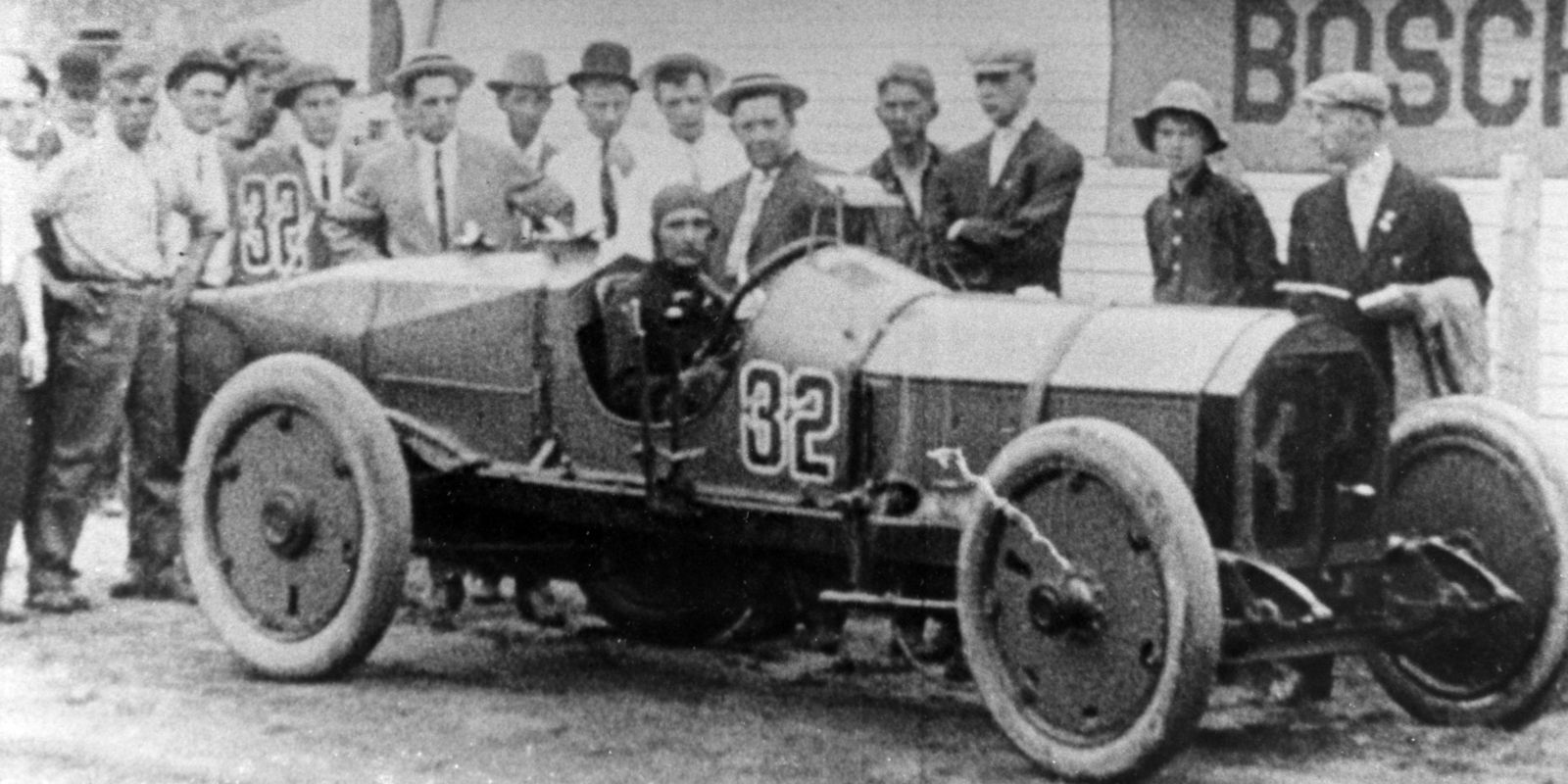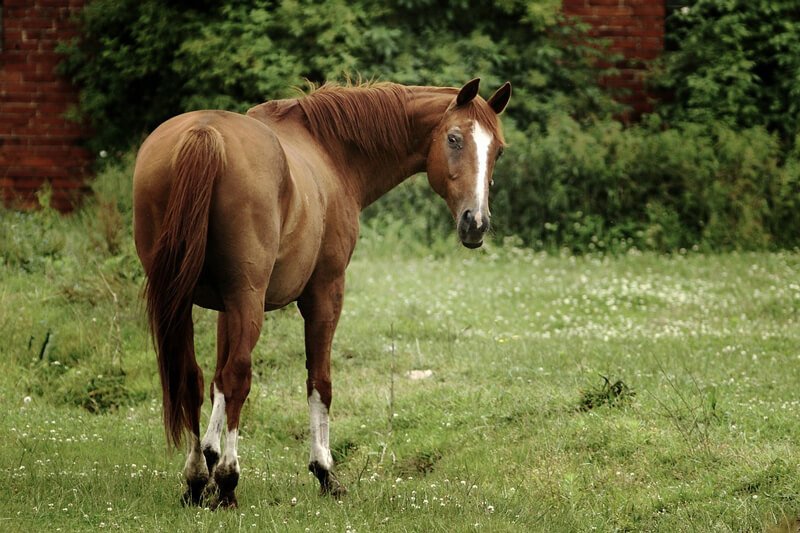
31 Jul Rear-view Mirror
A regular look back at old motoring and motor sport items…
110 years ago
In 1911, two of the world’s oldest motor sporting events were held for the first time.
In January, 23 cars set out from 11 different locations to take part in the Monte Carlo Rally. Except for some glazed frost on the road, most of the itineraries were not too challenging for the time of year. However, the two participants starting from Vienna did not reach their destination because of temperatures of -18 Celsius and 40 cm of iced snow on the roads. The event was won by Henri Rougier in a Turcat-Méry 25 hp, who was one of nine drivers who left Paris to cover a 1 020-kilometre route. The rally comprised both driving and a somewhat arbitrary judging based on the elegance of the car, passenger comfort and the condition in which it arrived in the principality. When the results were published, Rougier was proclaimed the first winner.
The 1911 International 500-Mile Sweepstakes Race was held at the Indianapolis Motor Speedway on Tuesday, May 30. It was the inaugural running of the event, which has become one of the most prestigious automobile races in the world. Forty cars took part. Ray Harroun, an engineer for the Marmon-Nordyke company, came out of retirement and drove a six-cylinder Marmon Wasp (so named for its distinctively sharp-pointed, wasp-like tail).He was the defending AAA national champion, and was the only driver competing without a riding mechanic due to his first-ever recorded use of a cowl-mounted rear-view mirror. Fourteen cars fell out of the race, which saw Harroun, who was relieved by Cyrus Patschke for 35 laps, led for 88 of the 200 laps, take victory with a race-average speed of 120,060 km/h in a total time of 6 hrs 42 mins 8 secs for the 500-mile (804,67 km) distance. After the race, and collection of $10 000 for first place, Harroun ‘re-retired’: he would never race again.

EN-GAUGING HISTORY – A HORSE’S ASS…
The United States Standard Railroad Gauge (the distance between the rails) is 4 feet 8,5 inches. That’s an exceedingly odd number. Why was that gauge used? Well, that’s the way they built them in England, and English engineers designed the first US railroads. Why did the English build them like that? Because the first rail lines were built by the same people who built the wagon tramways, and that’s the gauge they used. So, why did they use that gauge then? Because the people who built the tramways used the same gigs and tools that they had used for building wagons, which used that same wheel spacing. Why did the wagons have that particular odd wheel spacing? Well, if they tried to use, any other spacing, the wagon wheels would break more often on some of the old, long distance roads in England. You see, that’s the spacing of the wheel ruts. So who built those old rutted roads? Imperial Rome built the first long distance roads in England for their legions. Those roads have been used ever since. And what about the ruts in the roads? Roman war chariots formed the original ruts, which everyone else had to match or run the risk of destroying their wagon wheels. Since the chariots were made for Imperial Rome, they were all alike in the matter of wheel spacing…
So, the US standard railroad gauge of 4 feet 8,5 inches is derived from the original specifications for an Imperial Roman war chariot. We know that bureaucracies live forever, so the next time you are handed a specification/procedure/process and wonder ‘what horses ass came up with this?’, you may be exactly right; Imperial Roman army chariots were made just wide enough to accommodate the rear ends of two war horses – two horses’ asses).
Now, the twist of the story. When you see a space shuttle sitting on its launch pad, there are two big booster rockets attached to the sides of the main fuel tank. These are solid rocket boosters, or SRBs. The SRBs are made by Thiokol at its factory in Utah. The engineers that designed the SRBs would have preferred to make them a bit fatter, but the SRBs had to be shipped by train from the factory to the launch site. The railroad line from the factory happens to run through a tunnel in the mountains, and the SRBs had to fit through that tunnel. The tunnel is slightly wider than the railroad track, and the railroad track, as you now know, is about as wide as two horses behinds. So, a major shuttle design feature, of what is arguably the world’s most advanced transportation system, was determined over two thousand years ago by the width of a horse’s ass. And you thought being a horse’s ass wasn’t important? Ancient horse’s asses control almost everything… and current horse’s asses are controlling everything else.
(Regrettably, the origin of this story is unknown.)
(NB: No copyright infringement is intended with any of the images used to illustrate these articles.)




